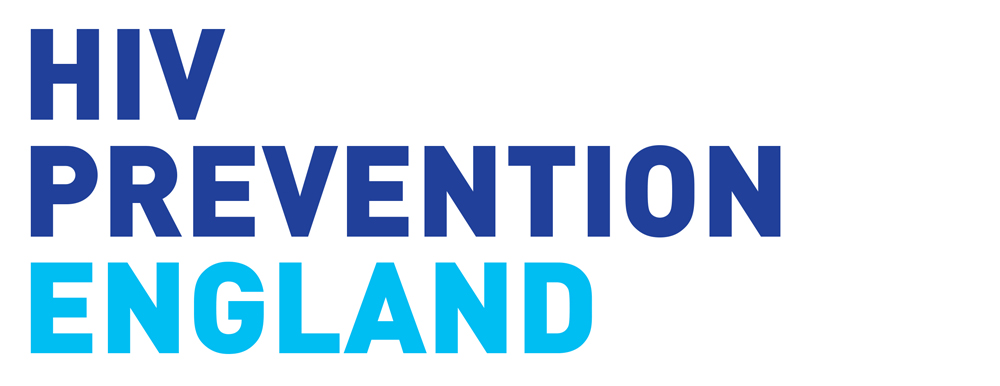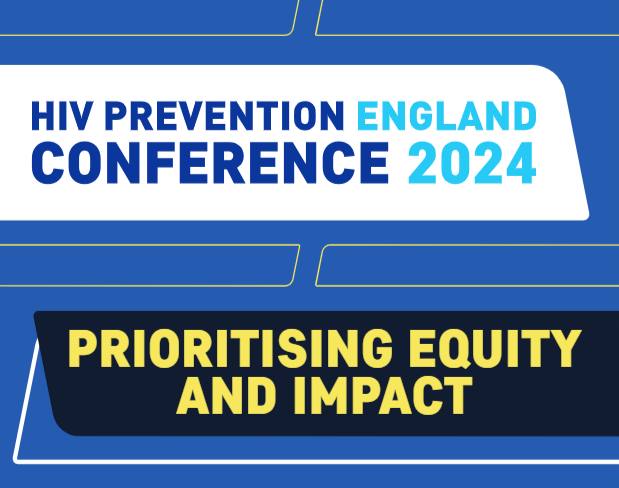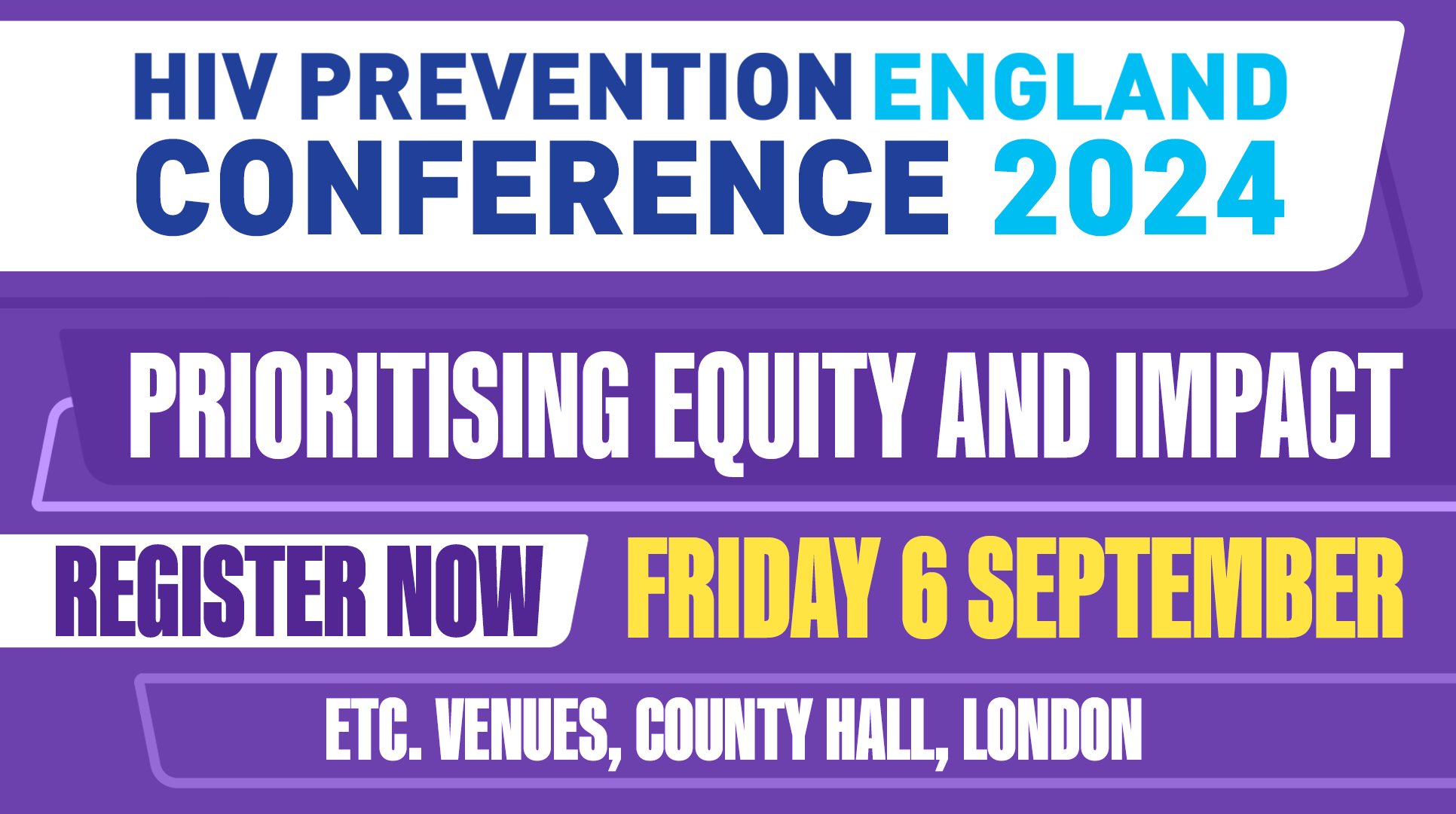This Friday, 6 September 2024 health professionals, community experts and researchers in HIV prevention and sexual health will gather for the sixth HIV Prevention England Conference.
Programme
The conference sessions include
- Insights into PrEP awareness and needs
- Impactful approaches to address HIV stigma
- Sexual health knowledge and key populations
- Opt out testing for HIV in emergency departments
- Achieving equitable access to PrEP
- Experiences of navigating health systems for Black African and Caribbean communities
- Addressing inequalities and unmet need in the HIV response
- Making an impact in re-engagement and retention in care
- Developing better insights to achieve equity for underserved communities
- Working in partnership for impact
- What’s needed from a new HIV Action Plan for England?
- Getting to zero by 2030. How can we make it a reality?
Get the full programme here
Livestream
Not able to attend the HIV Prevention England Conference 2024 in-person? You can stream selected sessions via YouTube on Friday 6 September, including our opening and closing plenary sessions. Go to YouTube now, and click the ‘Remind me’ so you don’t miss it.
Opening plenary – 9.30am
Opening remarks around equity and impact in HIV prevention, including from:
- Andrew Gwynne MP (Minister for Public Health and Prevention)
- Professor Kevin Fenton (Chief Advisor on HIV to the Department of Health and Social Care)
- Memory Sachikonye (Co-ordinator of UK-CAB)
- Richard Angell (Chief Executive, Terrence Higgins Trust)
Closing plenary – 3.50pm
A panel discussion on the vital question of ‘Getting to zero by 2030. How do we make it a reality?’, with:
- Christina Ganotakis (One Voice Network)
- Prof Claudia Estcourt (BASHH)
- James Woolgar (Chair of HIV & Sexual Health Commissioners Group)
- Olivia De Achaval (Department of Health and Social Care)
- Rachel Hill-Tout (BBV Clinical Lead for NHS England)
- Richard Angell (Chief Executive of Terrence Higgins Trust)
- Sinead Ward (UK General Manager of ViiV)
It promises to be a really exciting day so don’t miss out.



